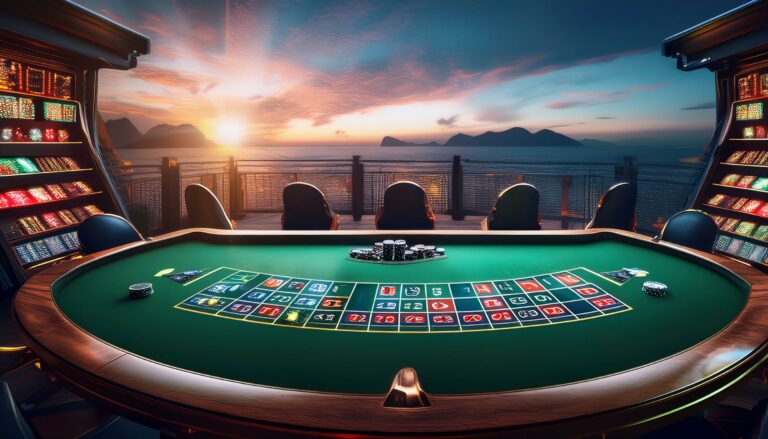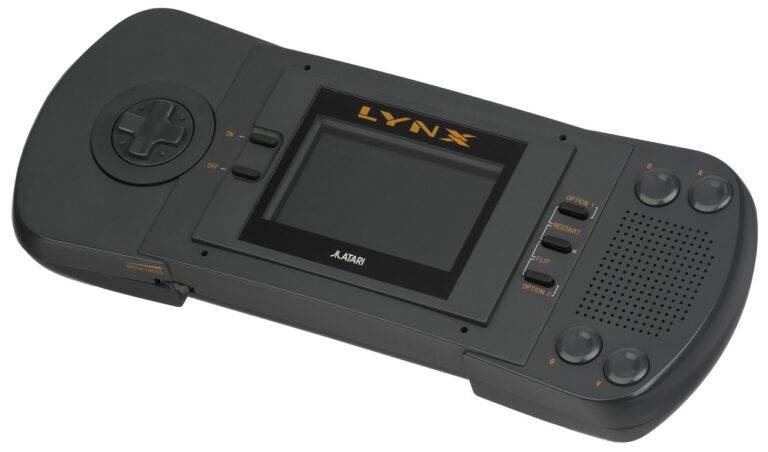The Future of Mixed Reality Performances: Blending Physical and Digital Worlds in Live Entertainment
Mixed reality technology has introduced a fresh set of challenges for live performances, requiring seamless integration of physical and digital elements. One key obstacle is the technical complexity involved in synchronizing real-time interactions between performers and virtual elements, often demanding highly specialized expertise to execute flawlessly.
Moreover, ensuring consistent and reliable network connections during live shows poses a significant challenge for mixed reality integration. Any disruptions in connectivity can lead to delays or glitches in the digital components, potentially compromising the overall performance and immersive experience for the audience.
Advantages of Blending Physical and Digital Elements in Entertainment
Blending physical and digital elements in entertainment offers a unique and immersive experience for audiences. By combining real-world objects with virtual elements, creators can transport viewers into fantastical worlds and create engaging narratives that blur the lines between reality and fiction. This fusion of the physical and digital realms opens up endless creative possibilities, allowing for interactive storytelling that captivates audiences in new and exciting ways.
Furthermore, integrating physical and digital elements in entertainment provides a versatile platform for artists and performers to showcase their talents. Through the use of technologies such as augmented reality and projection mapping, creatives can enhance live performances with visually stunning effects and interactive visuals that elevate the overall experience for viewers. This convergence of physical props and digital effects not only adds a layer of sophistication to productions but also enables artists to push the boundaries of traditional storytelling and create truly immersive experiences that leave a lasting impact on audiences.
What are some challenges of integrating mixed reality in live performances?
Some challenges include technical difficulties in syncing physical and digital elements, the need for specialized equipment, and potential disruptions in live performances.
What are the advantages of blending physical and digital elements in entertainment?
Some advantages include enhanced audience engagement, the ability to create immersive experiences, and the potential for more dynamic and interactive performances.
How can blending physical and digital elements in entertainment enhance audience engagement?
By combining physical elements like live performers and props with digital elements like augmented reality overlays, audiences are more likely to be captivated and actively participate in the experience.
What types of entertainment benefit most from blending physical and digital elements?
Live performances, theme park attractions, interactive exhibits, and immersive experiences like escape rooms all stand to benefit from the integration of physical and digital elements.
What are some examples of successful implementations of blending physical and digital elements in entertainment?
Examples include Disney’s use of augmented reality in theme park attractions, interactive theater experiences like Sleep No More, and live music performances with visual effects and interactive lighting.






